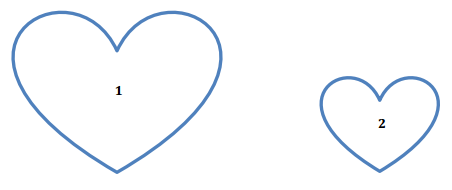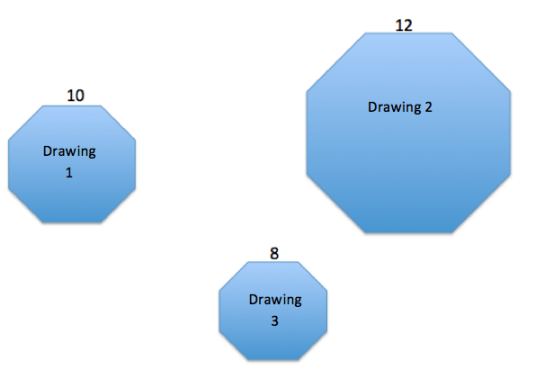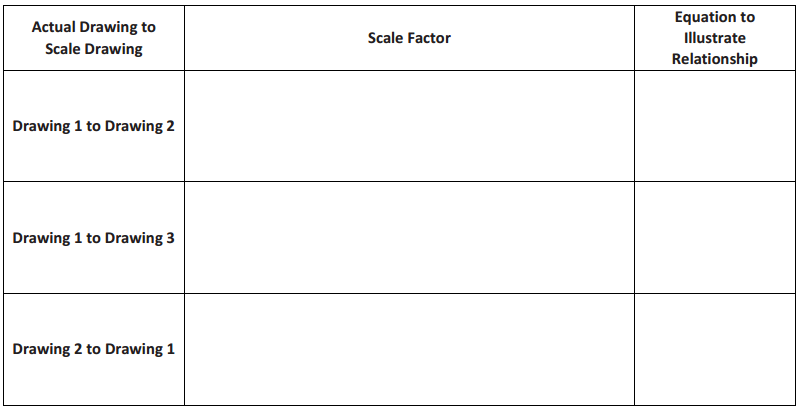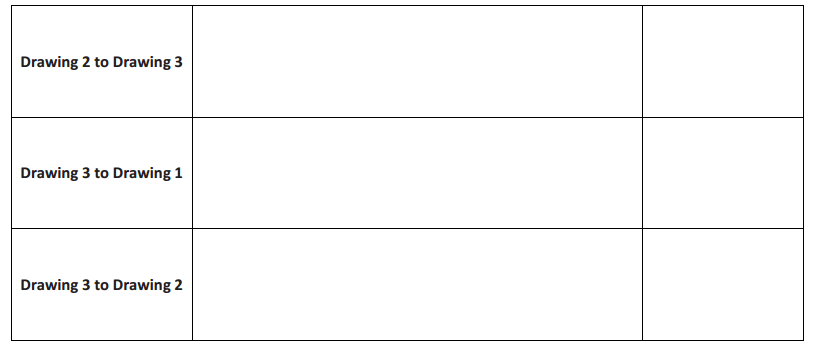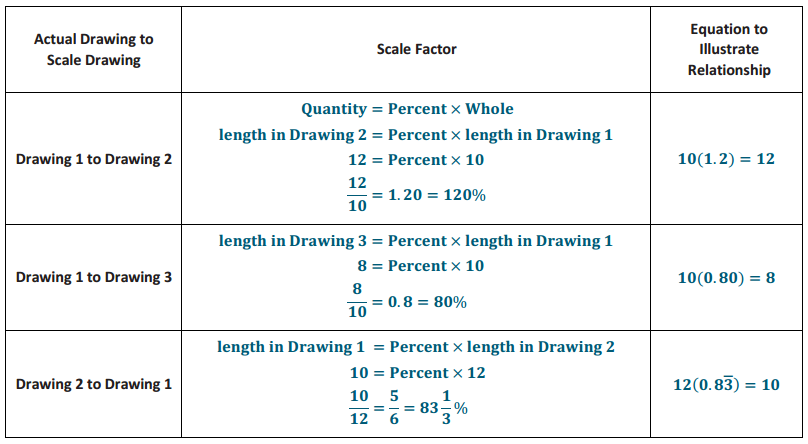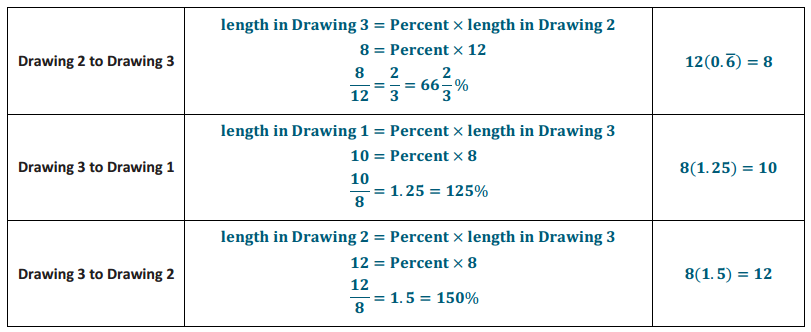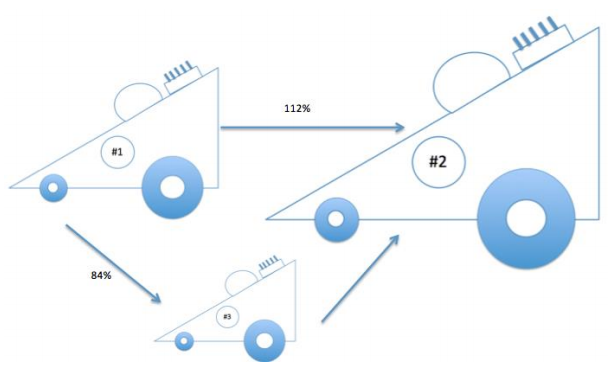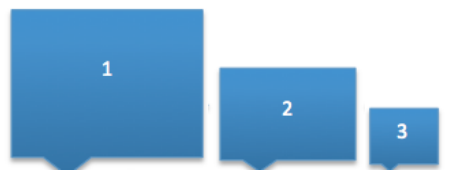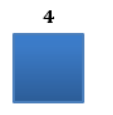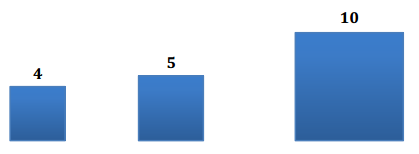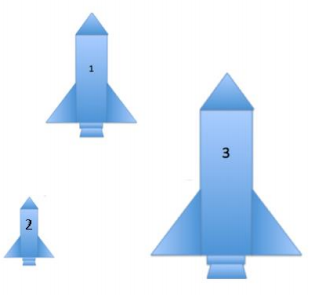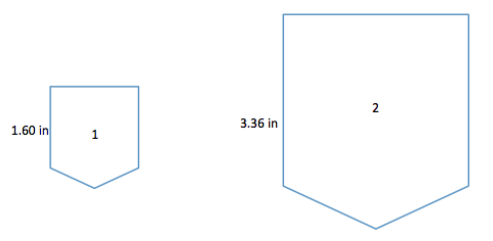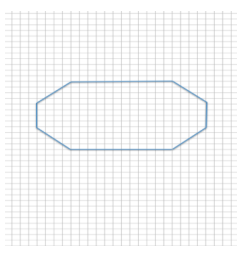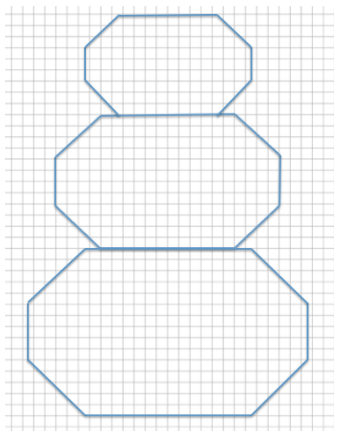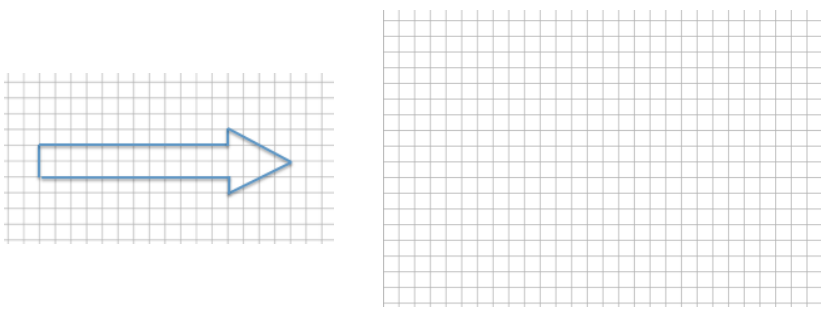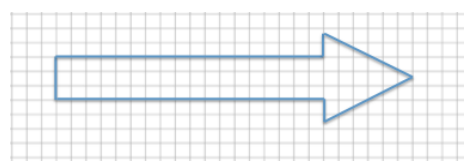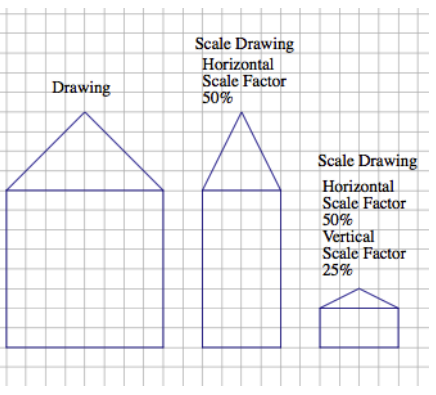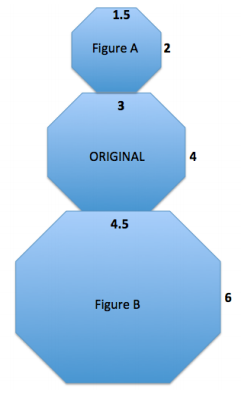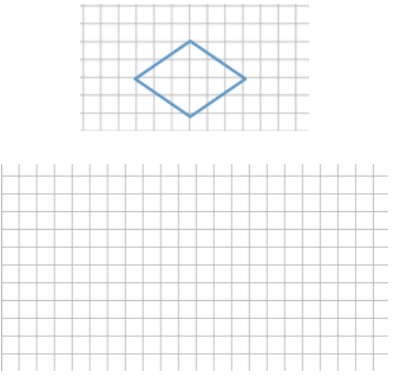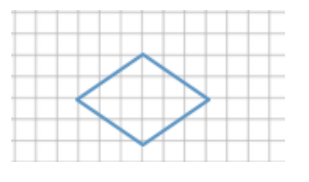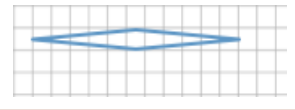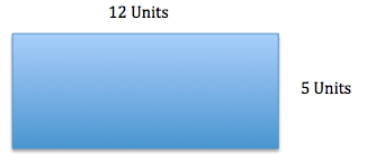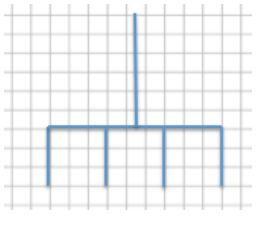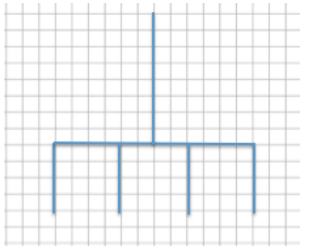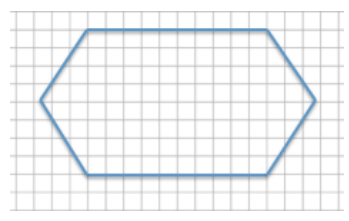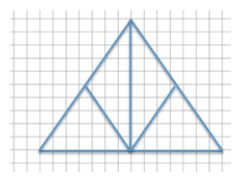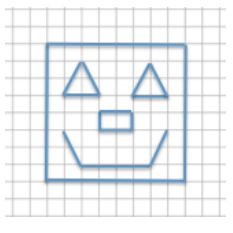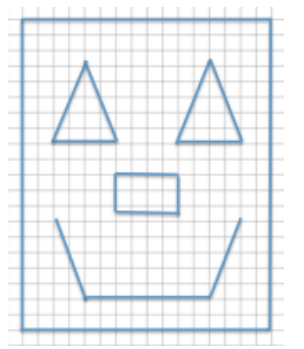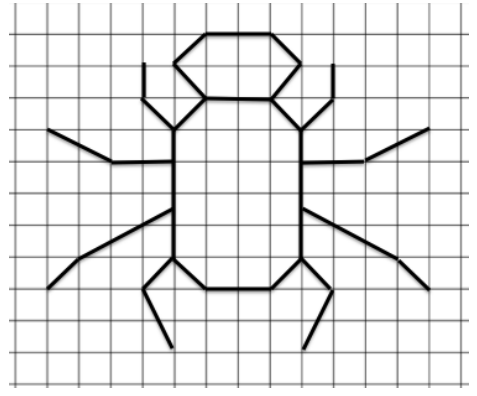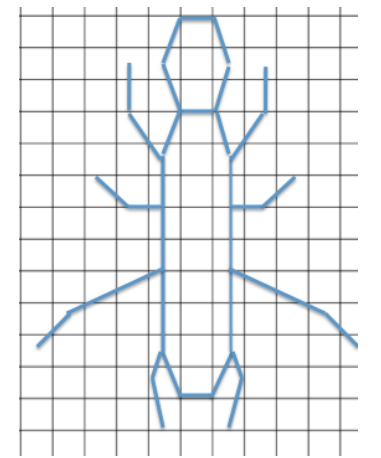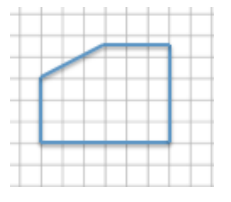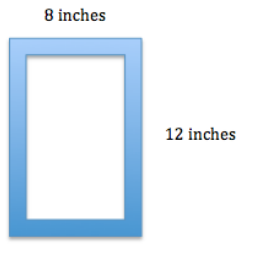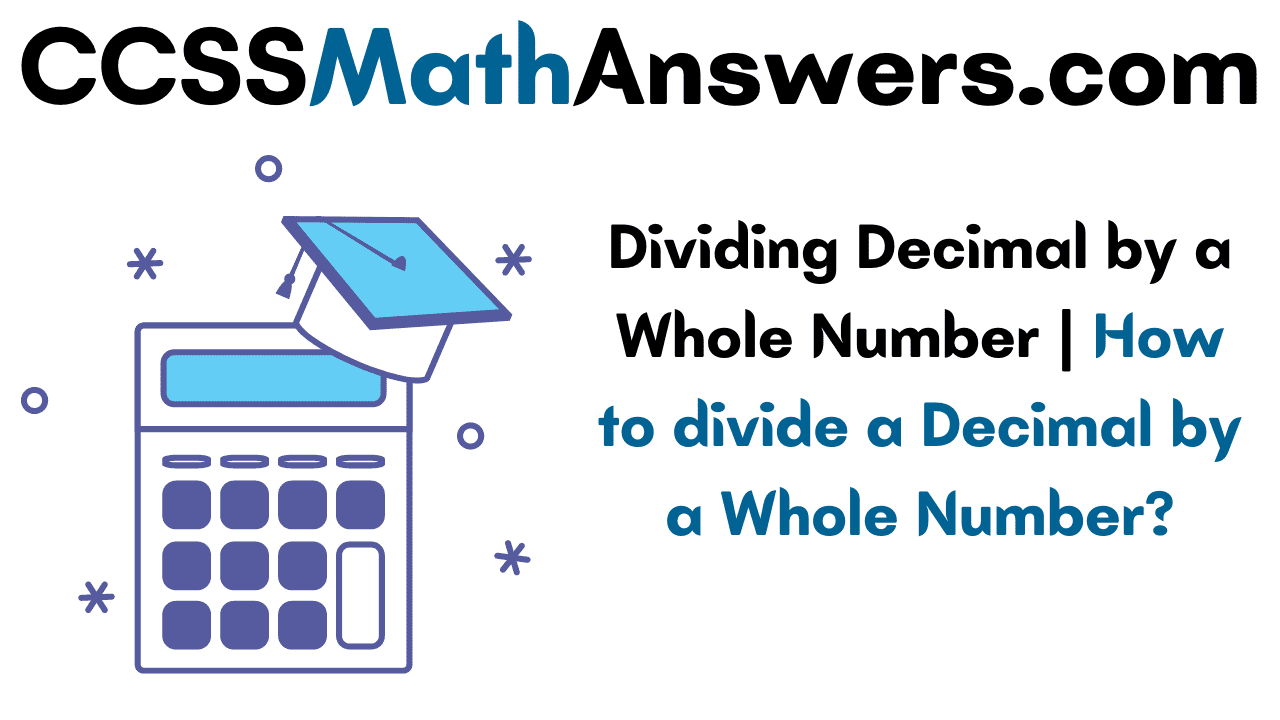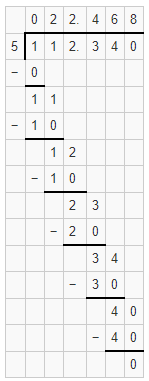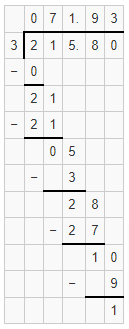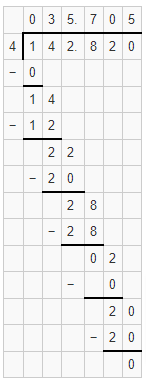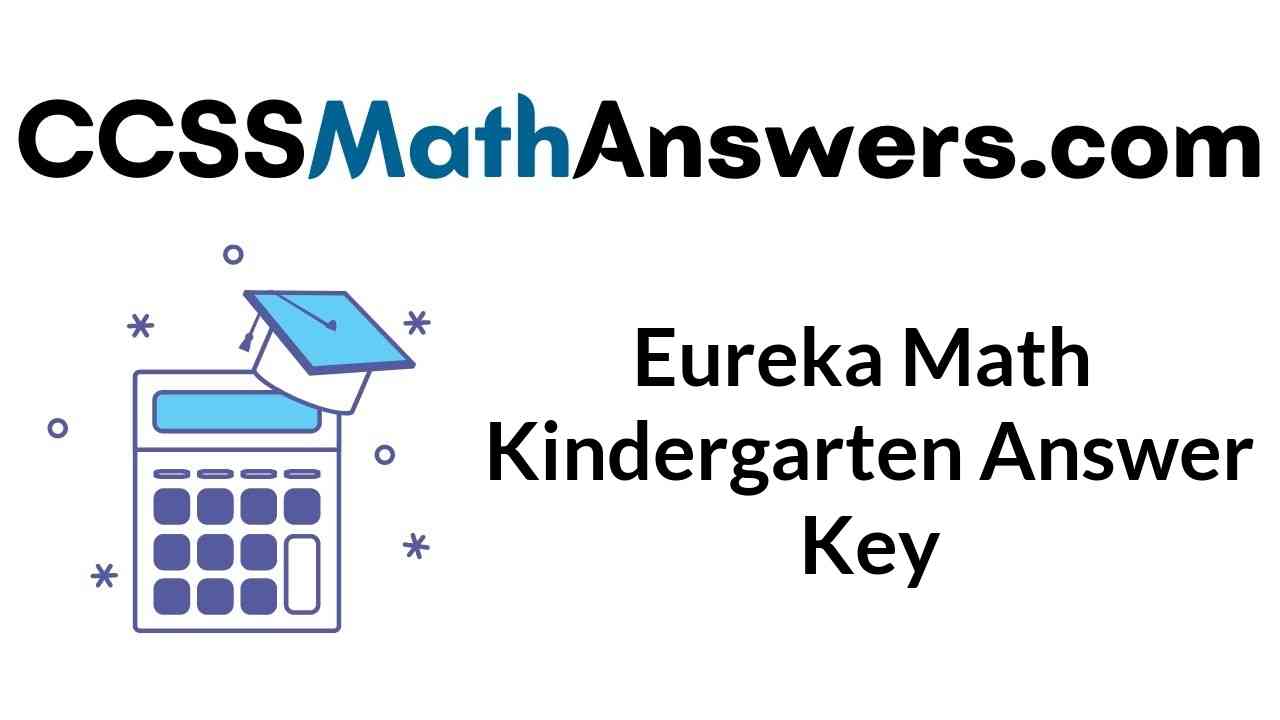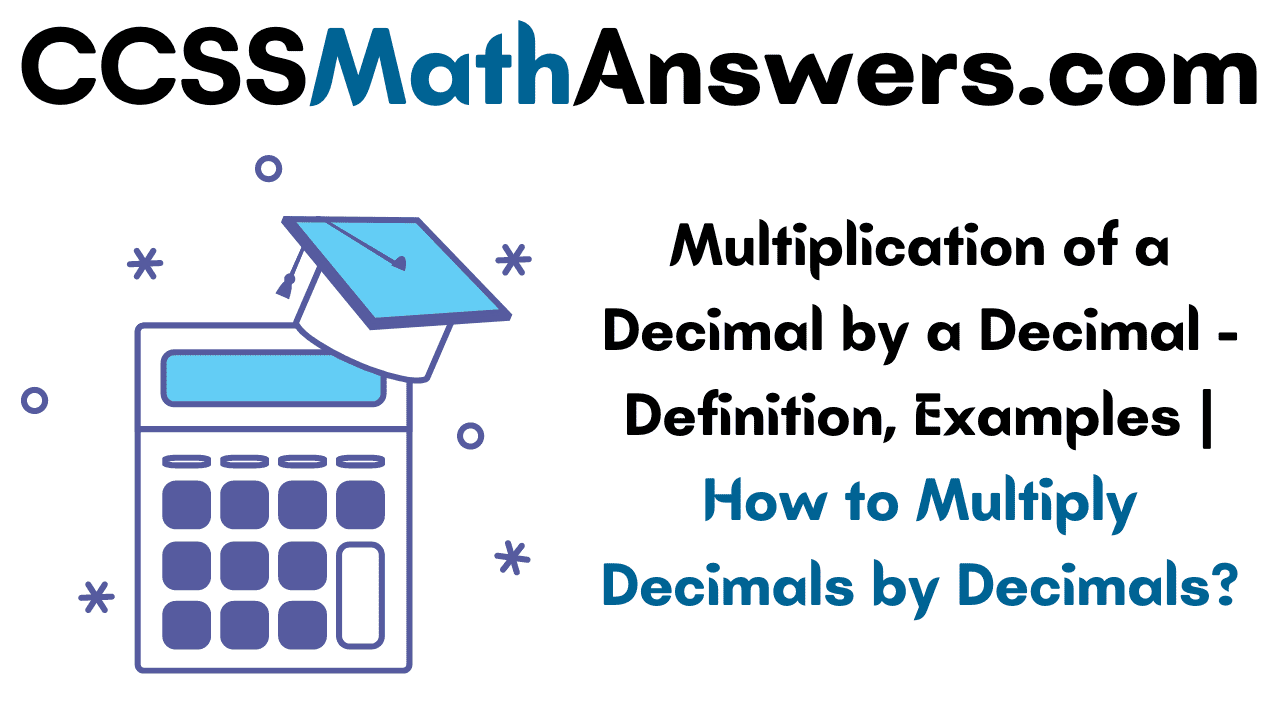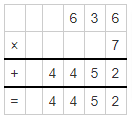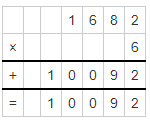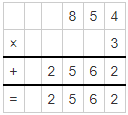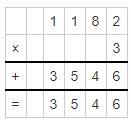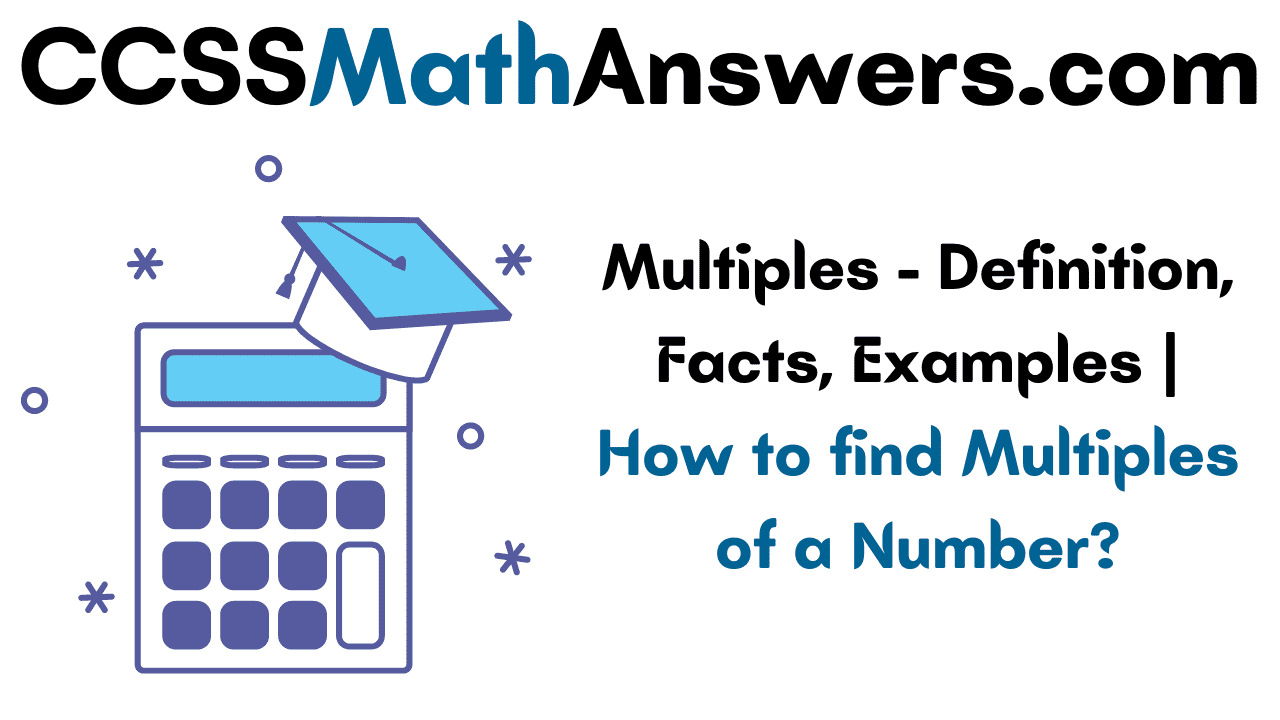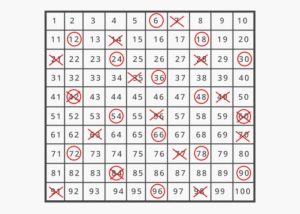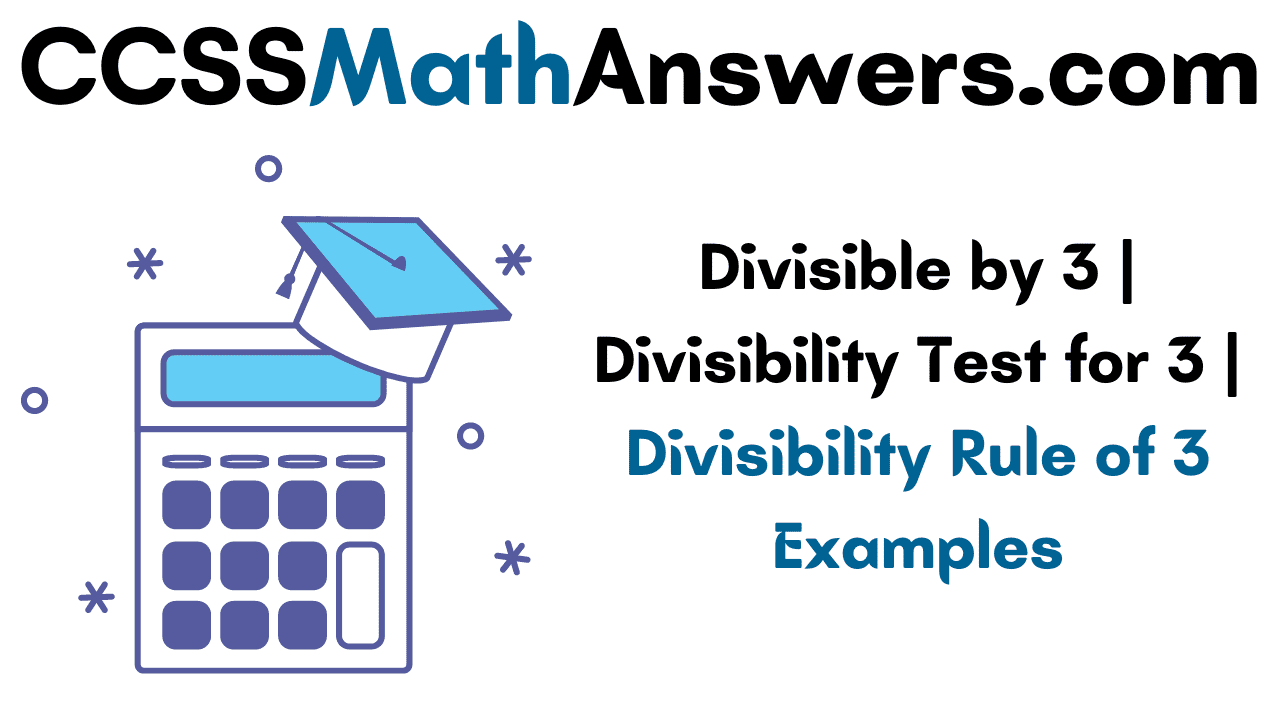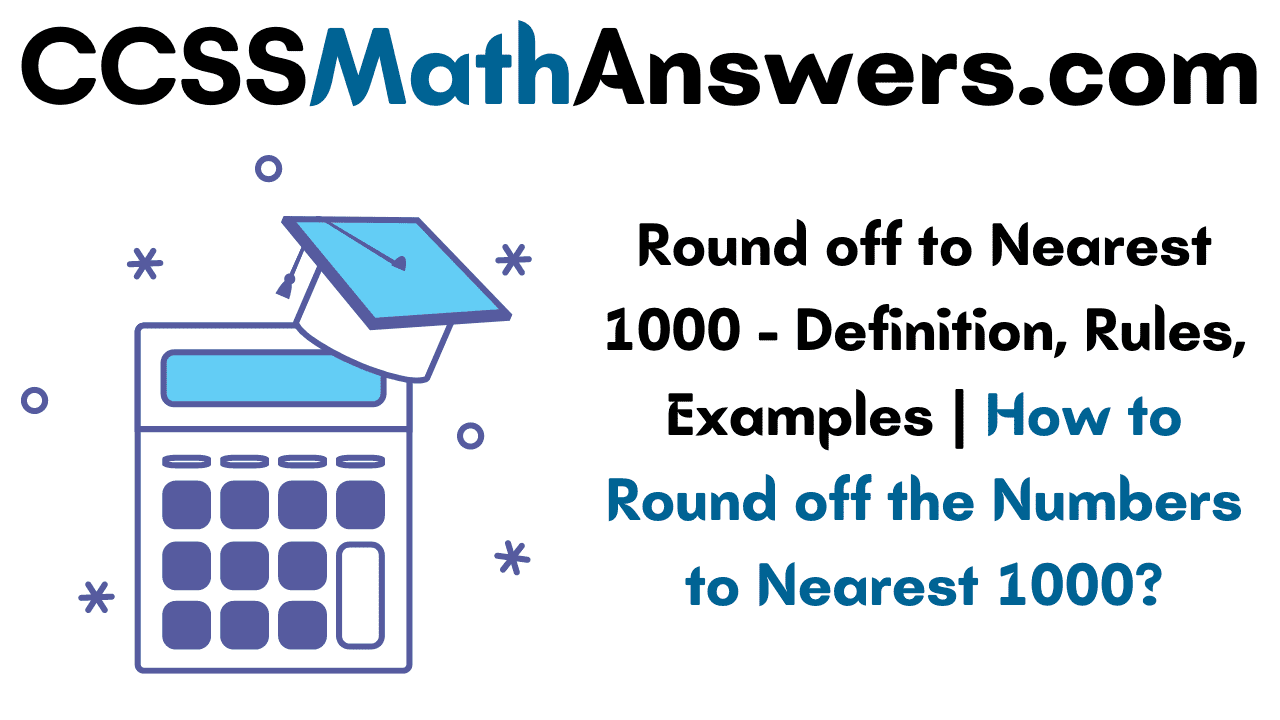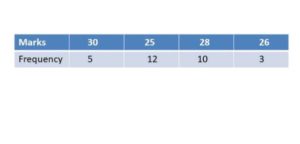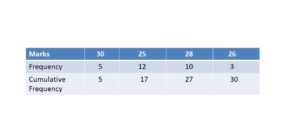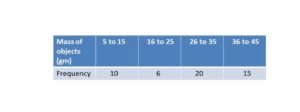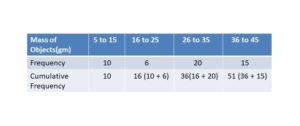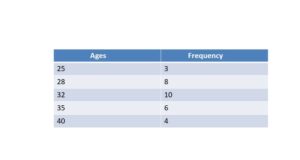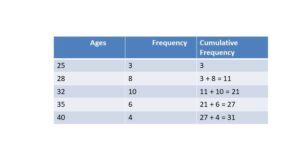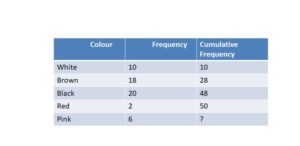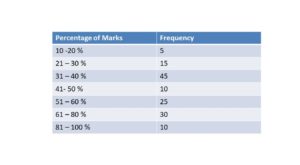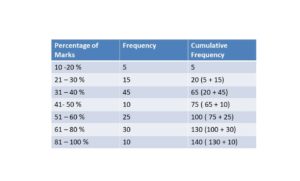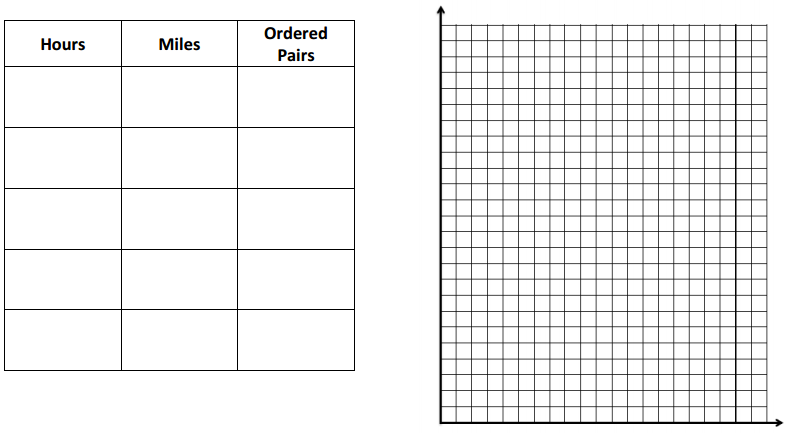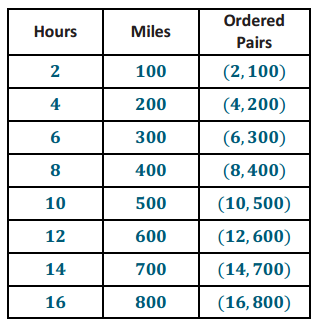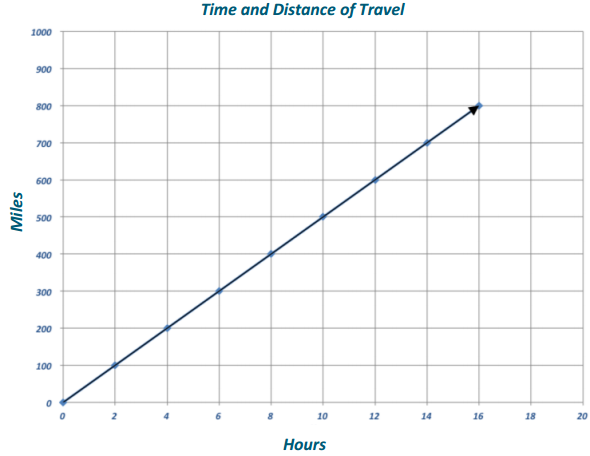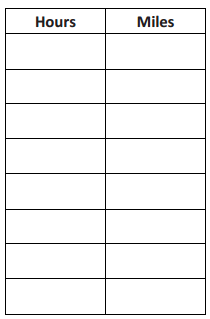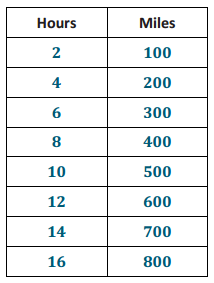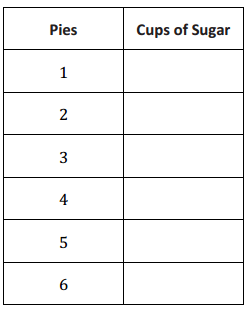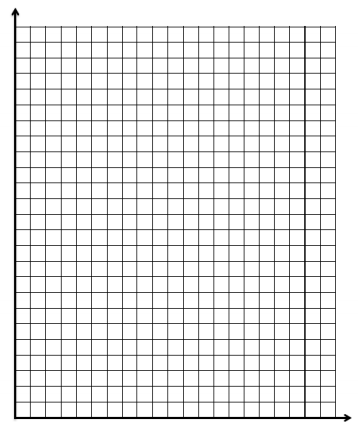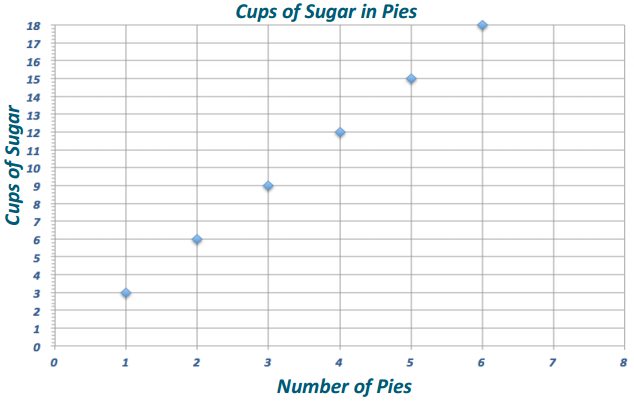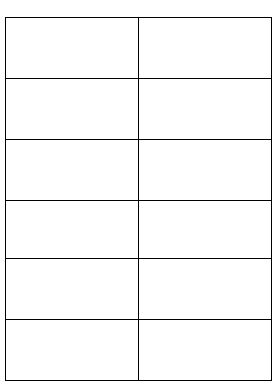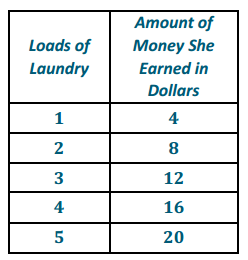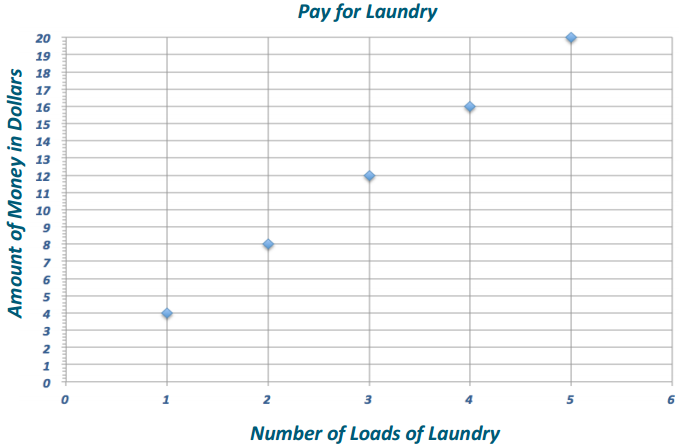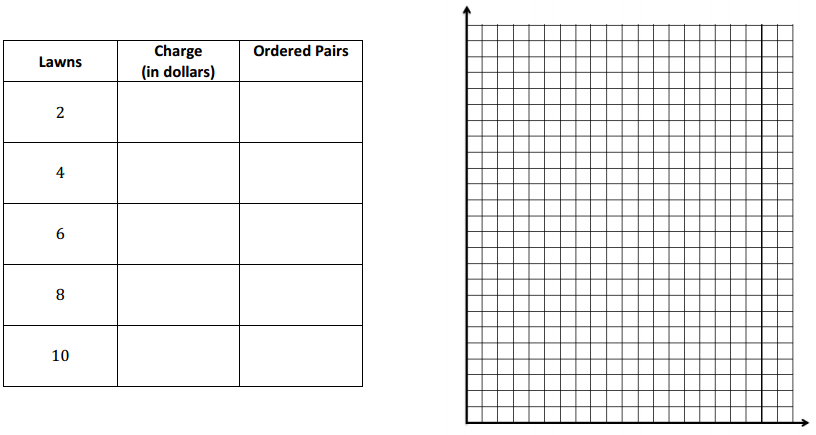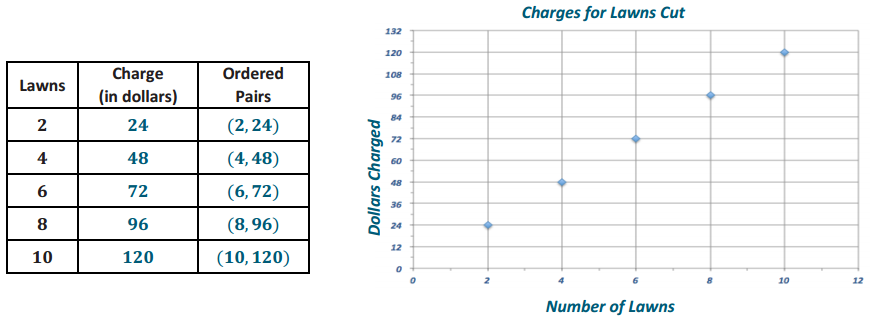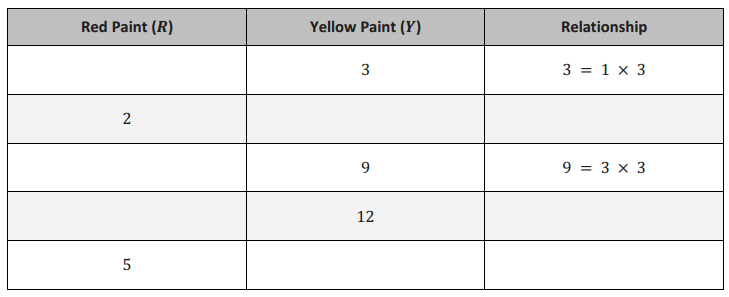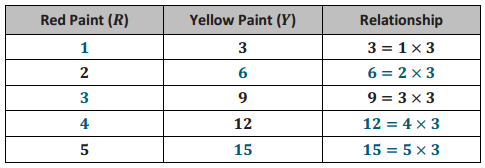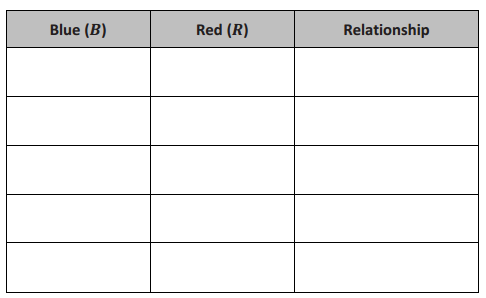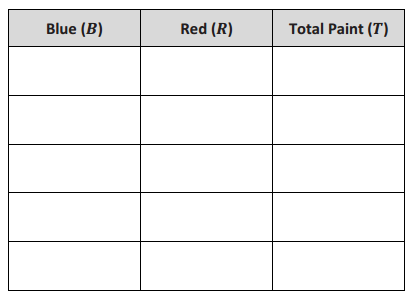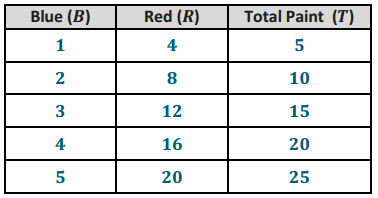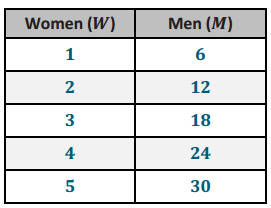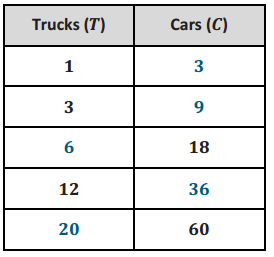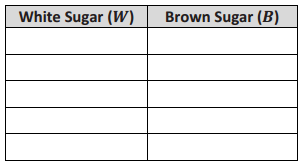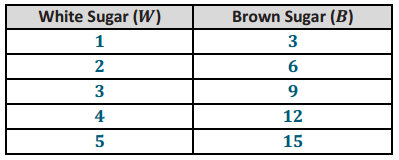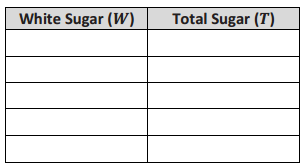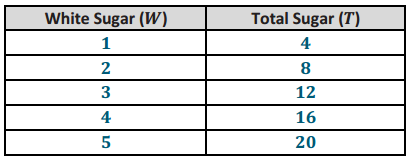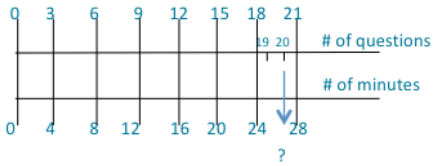Engage NY Eureka Math 7th Grade Module 4 Lesson 14 Answer Key
Eureka Math Grade 7 Module 4 Lesson 14 Example Answer Key
Example 1.
The distance around the entire small boat is 28.4 units. The larger figure is a scale drawing of the smaller drawing of the boat. State the scale factor as a percent, and then use the scale factor to find the distance around the scale drawing.
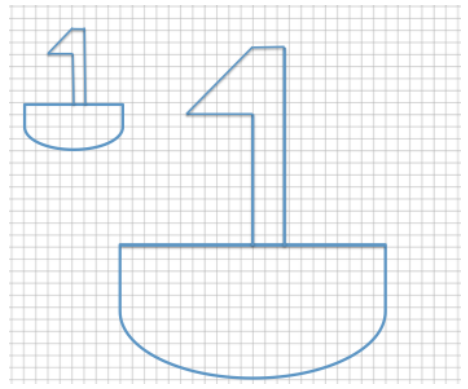
Answer:
Scale factor:
Horizontal distance of the smaller boat: 8 units Vertical sail distance of smaller boat: 6 units
Horizontal distance of the larger boat: 22 units Vertical sail distance of larger boat: 16.5 units
Scale factor: Quantity = Percent × Whole
Smaller boat is the whole.
Total Distance:
Distance around smaller boat = 28.4 units
Distance around larger boat = 28.4(275%) = 28.4(2.75) = 78.1
The distance around the larger boat is 78.1 units.
Length in larger = Percent × Length in smaller
22 = P × 8
\(\frac{22}{8}\) = 2.75 = 275%
Length in larger = Percent × Length in smaller
16.5 = P × 6
\(\frac{16.5}{6}\) = 2.75 = 275%
Example 2: Time to Garden
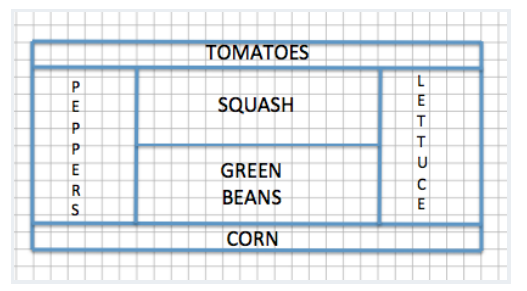
Sherry designed her garden as shown in the diagram above. The distance between any two consecutive vertical grid lines is 1 foot, and the distance between any two consecutive horizontal grid lines is also 1 foot. Therefore, each grid square has an area of one square foot. After designing the garden, Sherry decided to actually build the garden 75% of the size represented in the diagram.
a. What are the outside dimensions shown in the blueprint?
Answer:
Blueprint dimensions: Length: 26 boxes = 26 ft.
Width: 12 boxes = 12 ft.
b. What will the overall dimensions be in the actual garden? Write an equation to find the dimensions. How does the problem relate to the scale factor?
Answer:
Actual garden dimensions (75% of blueprint): 19.5 ft. × 9 ft.
Length: (26 ft.)(0.75) = 19.5 ft.
Width: (12 ft.)(0.75) = 9 ft.
Since the scale factor was given as 75%, each dimension of the actual garden should be 75% of the original corresponding dimension. The actual length of the garden,19.5 ft., is 75% of 26 ft., and the actual width of the garden, 9 ft., is 75% of 12 ft.
c. If Sherry plans to use a wire fence to divide each section of the garden, how much fence does she need?
Answer:
Dimensions of the blueprint:
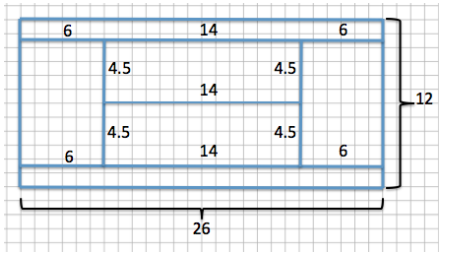
Total amount of wire needed for the blueprint:
26(4)+12(2)+4.5(4)+14 = 160
The amount of wire needed is 160 ft.
New dimensions of actual garden:
Length: 19.5 ft. (from part (b))
Width: 9 ft. (from part (b))
Inside borders: 4.5(0.75) = 3.375; 3.375 ft.
14(0.75) = 10.5; 10.5 ft.
The dimensions of the inside borders are 3.375 ft. by 10.5 ft.
Total wire with new dimensions:
19.5(4)+9(2)+3.375(4)+10.5 = 120
OR
160(0.75) = 120
Total wire with new dimensions is 120 ft.
Simpler way: 75% of 160 ft. is 120 ft.
d. If the fence costs $3.25 per foot plus 7% sales tax, how much would the fence cost in total?
Answer:
3.25(120) = 390
390(1.07) = 417.30
The total cost is $417.30.
Example 3.
Race Car #2 is a scale drawing of Race Car #1. The measurement from the front of Race Car #1 to the back of Race Car #1 is 12 feet, while the measurement from the front of Race Car #2 to the back of Race Car #2 is 39 feet. If the height of Race Car #1 is 4 feet, find the scale factor, and write an equation to find the height of Race Car #2. Explain what each part of the equation represents in the situation.

Answer:
Scale Factor: The larger race car is a scale drawing of the smaller. Therefore, the smaller race car is the whole in the relationship.
Quantity = Percent × Whole
Larger = Percent × Smaller
39 = Percent × 12
\(\frac{39}{12}\) = 3.25 = 325%
Height: 4(3.25) = 13
The height of Race Car #2 is 13 ft.
The equation shows that the smaller height, 4 ft., multiplied by the scale factor of 3.25, equals the larger height, 13 ft.
Eureka Math Grade 7 Module 4 Lesson 14 Exercise Answer Key
Exercise 1.
The length of the longer path is 32.4 units. The shorter path is a scale drawing of the longer path. Find the length of the shorter path, and explain how you arrived at your answer.
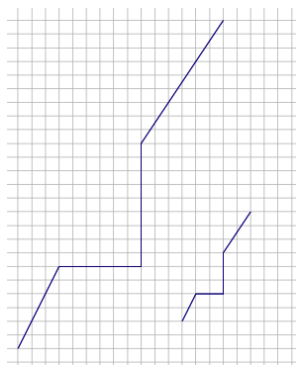
Answer:
First, determine the scale factor. Since the smaller path is a reduction of the original drawing, the scale factor should be less than 100%. Since the smaller path is a scale drawing of the larger, the larger path is the whole in the relationship.
Quantity = Percent × Whole
To determine the scale factor, compare the horizontal segments of the smaller path to the larger path.
Smaller = Percent × Larger
2 = Percent × 6
\(\frac{2}{6}\) = \(\frac{1}{3}\) = 33 \(\frac{1}{3}\)%
To determine the length of the smaller path, multiply the length of the larger path by the scale factor.
32.4(\(\frac{1}{3}\)) = 10.8
The length of the shorter path is 10.8 units.
Exercise 2.
Determine the scale factor, and write an equation that relates the height of side A in Drawing 1 and the height of side B in Drawing 2 to the scale factor. The height of side A is 1.1 cm. Explain how the equation illustrates the relationship.
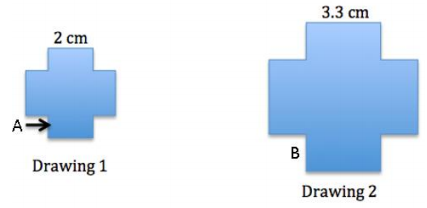
Answer:
Equation: 1.1(scale factor) = height of side B in Drawing 2
First find the scale factor:
Quantity = Percent × Whole
Drawing 2 = Percent × Drawing 1
3.3 = Percent × 2
\(\frac{3.3}{2}\) = 1.65 = 165%
Equation: (1.1)(1.65) = 1.815
The height of side B in Drawing 2 is 1.815 cm.
Once we determine the scale factor, we can write an equation to find the unknown height of side B in Drawing 2 by multiplying the scale factor by the corresponding height in the original drawing.
Exercise 3.
The length of a rectangular picture is 8 inches, and the picture is to be reduced to be 45 \(\frac{1}{2}\)% of the original picture. Write an equation that relates the lengths of each picture. Explain how the equation illustrates the relationship.
Answer:
8(0.455) = 3.64
The length of the reduced picture is 3.64 in. The equation shows that the length of the reduced picture, 3.64, is equal to the original length, 8, multiplied by the scale factor, 0.455.
Eureka Math Grade 7 Module 4 Lesson 14 Problem Set Answer Key
Question 1.
The smaller train is a scale drawing of the larger train. If the length of the tire rod connecting the three tires of the larger train, as shown below, is 36 inches, write an equation to find the length of the tire rod of the smaller train. Interpret your solution in the context of the problem.

Answer:
Scale factor:
Smaller = Percent × Larger
6 = Percent × 16
\(\frac{6}{16}\) = 0.375 = 37.5%
Tire rod of smaller train: (36)(0.375) = 13.5
The length of the tire rod of the smaller train is 13.5 in.
Since the scale drawing is smaller than the original, the corresponding tire rod is the same percent smaller as the windows. Therefore, finding the scale factor using the windows of the trains allows us to then use the scale factor to find all other corresponding lengths.
Question 2.
The larger arrow is a scale drawing of the smaller arrow. If the distance around the smaller arrow is 25.66 units. What is the distance around the larger arrow? Use an equation to find the distance and interpret your solution in the context of the problem.

Answer:
Horizontal distance of smaller arrow: 8 units
Horizontal distance of larger arrow: 12 units
Scale factor:
Larger = Percent × Smaller
12 = Percent × 8
\(\frac{12}{8}\) = 1.5 = 150%
Distance around larger arrow:
(25.66)(1.5) = 38.49
The distance around the larger arrow is 38.49 units.
An equation where the distance of the smaller arrow is multiplied by the scale factor results in the distance around the larger arrow.
Question 3.
The smaller drawing below is a scale drawing of the larger. The distance around the larger drawing is 39.4 units. Using an equation, find the distance around the smaller drawing.
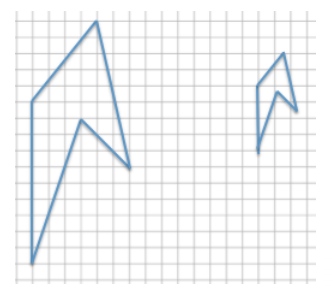
Answer:
Vertical distance of larger drawing: 10 units
Vertical distance of smaller drawing: 4 units
Scale factor:
Smaller = Percent × Larger
4 = Percent × 10
\(\frac{4}{10}\) = 0.4 = 40%
Total distance:
(39.4)(0.4) = 15.76
The total distance around the smaller drawing is 15.76 units.
Question 4.
The figure is a diagram of a model rocket and is a two-dimensional scale drawing of an actual rocket. The length of a model rocket is 2.5 feet, and the wing span is 1.25 feet. If the length of an actual rocket is 184 feet, use an equation to find the wing span of the actual rocket.
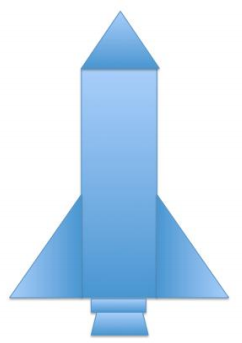
Answer:
Length of actual rocket: 184 ft.
Length of model rocket: 2.5 ft.
Scale Factor:
Actual = Percent × Model
184 = Percent × 2.5
\(\frac{184}{2.5}\) = 73.60 = 7,360%
Wing span:
Model rocket wing span: 1.25 ft.
Actual rocket wing span : (1.25)(73.60) = 92
The wing span of the actual rocket is 92 ft.
Eureka Math Grade 7 Module 4 Lesson 14 Exit Ticket Answer Key
Question 1.
Each of the designs shown below is to be displayed in a window using strands of white lights. The smaller design requires 225 feet of lights. How many feet of lights does the enlarged design require? Support your answer by showing all work and stating the scale factor used in your solution.
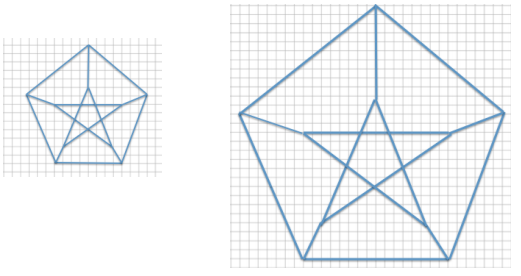
Answer:
Scale Factor:
Bottom horizontal distance of the smaller design: 8
Bottom horizontal distance of the larger design: 16
The smaller design represents the whole since we are going from the smaller to the larger.
Quantity = Percent × Whole
Larger = Percent × Smaller
16 = Percent × 8
\(\frac{16}{8}\) = 2 = 200%
Number of feet of lights needed for the larger design:
225 ft.(200%) = 225 ft.(2) = 450 ft.
